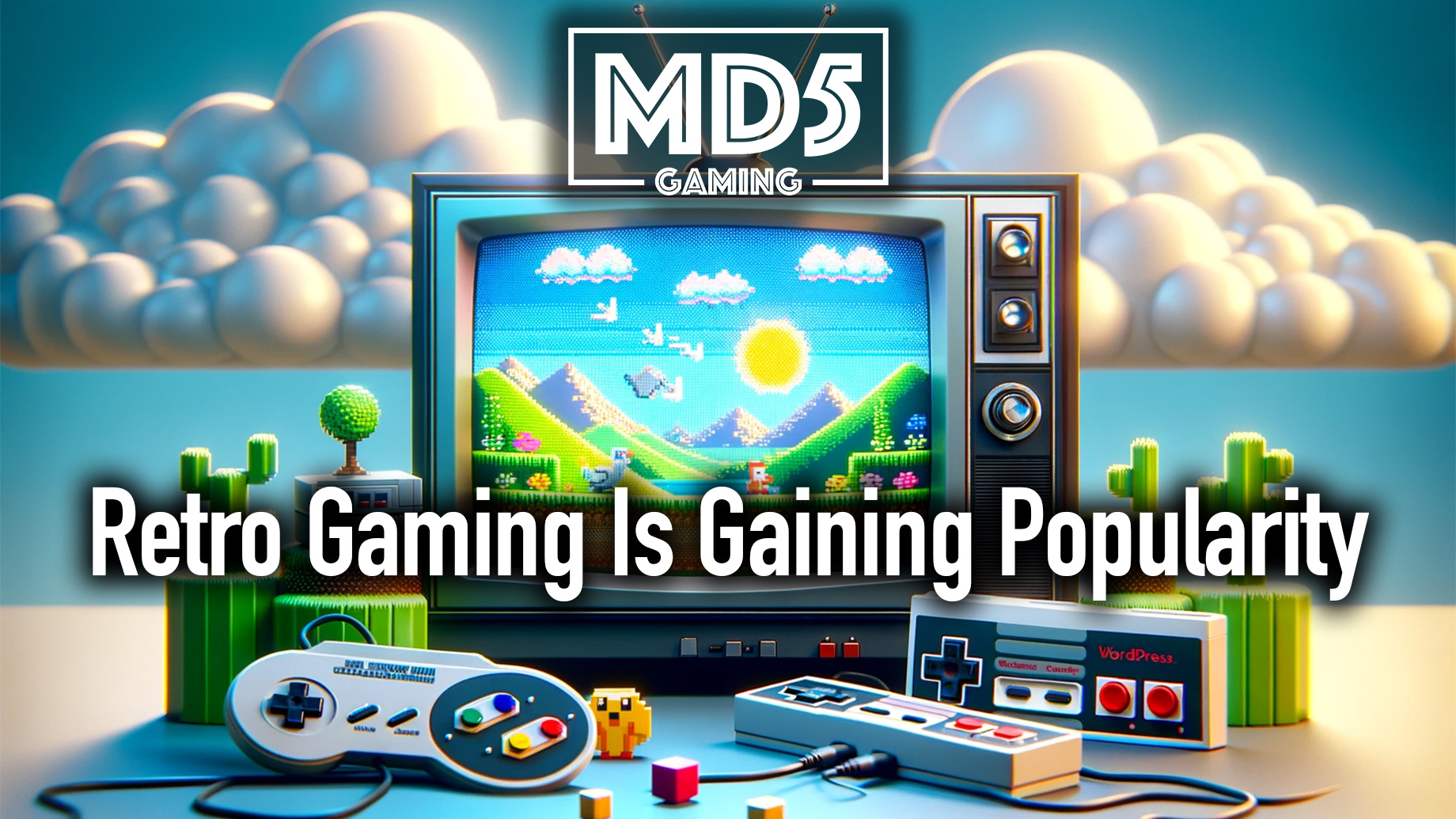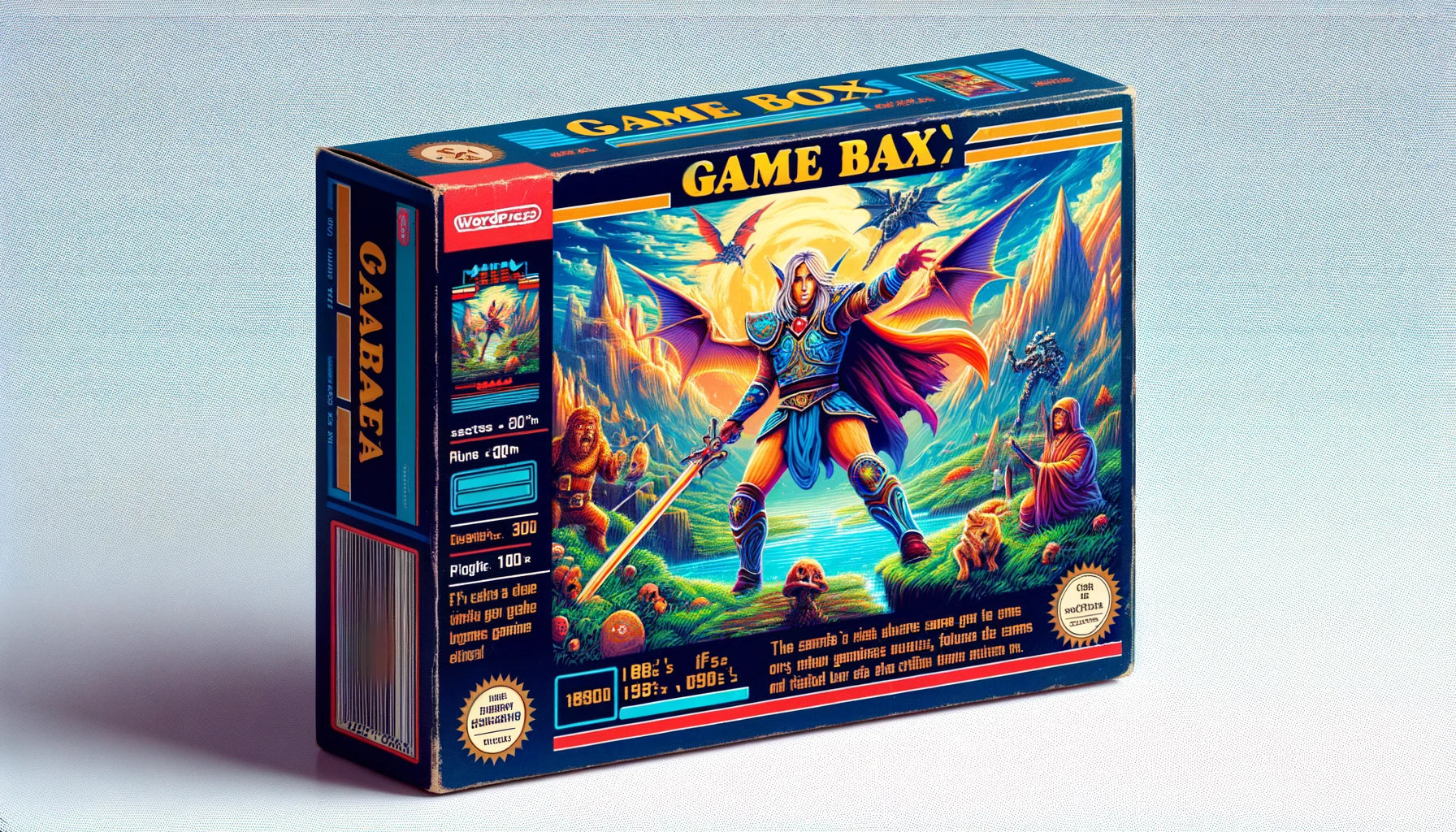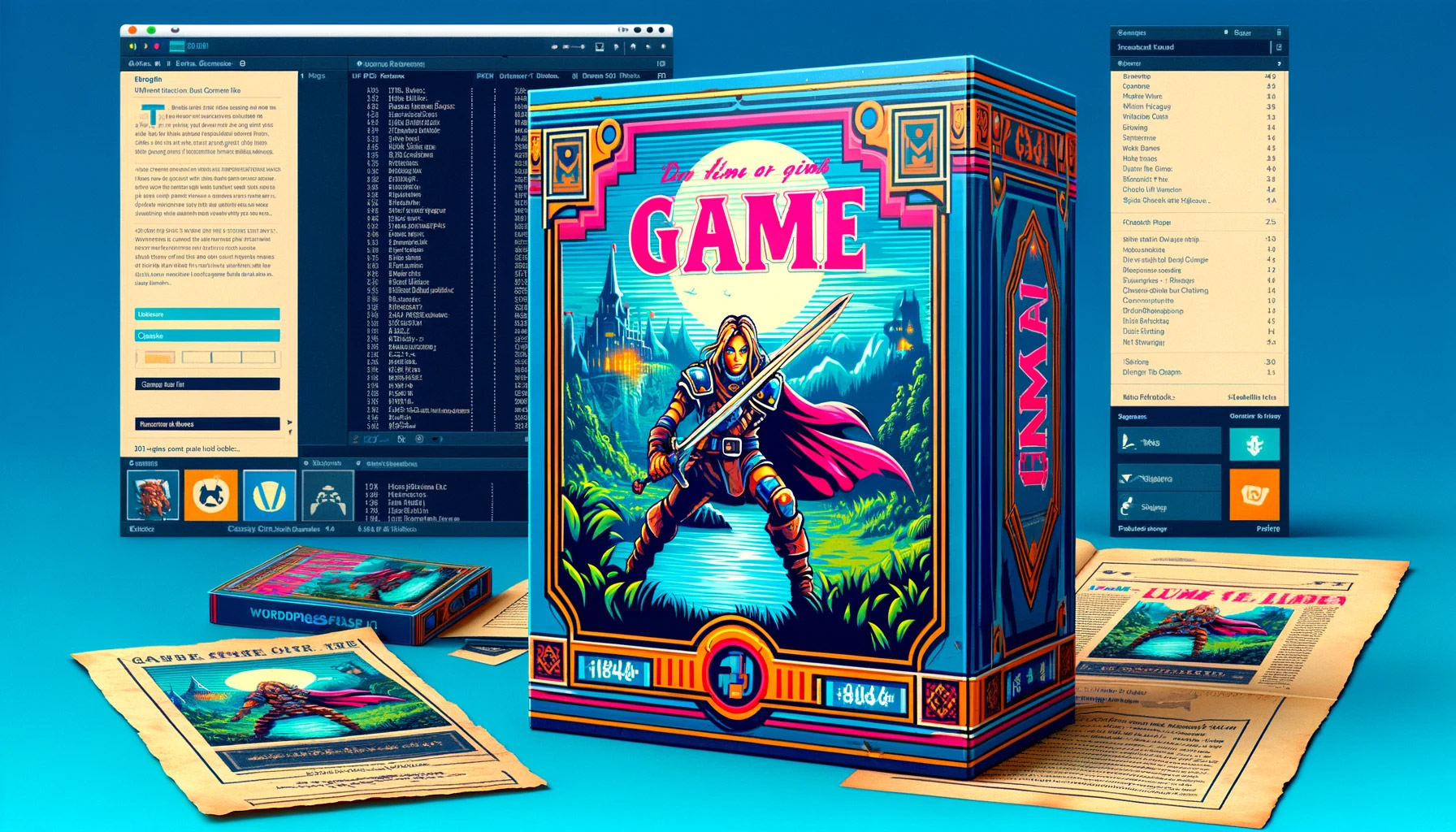
Retro gaming, the hobby of playing and collecting older video games and the hardware on which they run, has seen a resurgence in popularity in recent years. This phenomenon is driven by a mix of nostalgia, the uniqueness of retro games, and the simplicity they offer in contrast to the complex games of the modern era. Here’s an exploration of why retro gaming is gaining popularity.
Nostalgic Appeal
One of the primary reasons retro gaming is becoming more popular is the nostalgia it evokes. Many gamers who grew up in the 1980s and 1990s have fond memories of playing classic games on consoles like the NES, Sega Genesis, or the original PlayStation. As these gamers have grown up and entered the workforce, they now have the disposable income to revisit the games of their childhood. This nostalgia is not only a form of entertainment but also a way to relive cherished memories.
Expanding Demographics
The appeal of retro gaming extends beyond those who originally played these games during their heyday. The gaming industry has seen an influx of younger players who, despite not growing up with these games, find themselves drawn to the retro aesthetic. These younger demographics are discovering retro games through modern remakes, parents, or online platforms showcasing classic gameplay. The universal themes and simple joy found in many retro games resonate across ages, creating a unique cross-generational appeal that few modern titles can match.
Digital Preservation and Legacy
With the rise of digital platforms and emulators, accessing retro games has never been easier. Gaming enthusiasts are also drawn to the idea of digital preservation, recognizing the importance of maintaining a legacy of classic games for future generations. This aspect of nostalgia is not just about reliving personal past experiences but also about preserving the history of the gaming medium. As such, the push for preserving these games adds another layer to their appeal, as players old and new can appreciate the origins of video gaming and its evolution over the decades.
Cultural Iconography
Retro games are not just games; they are cultural icons. Characters like Mario, Sonic, and Link have become symbols recognized around the world, often representing the gaming industry as a whole. The iconic status of these characters and their games attracts new players curious about gaming history and culture, thereby increasing the popularity of retro gaming.
Expanding Influence in Popular Media
Retro game characters and motifs have transcended the gaming world to become staples in broader popular culture. They appear in movies, television shows, and even fashion, serving as recognizable touchstones that signal a broad, shared experience. This omnipresence keeps retro games and their iconography in the public eye, attracting new audiences who want to engage with the original context of these now-famous icons. As they delve into retro gaming, they not only experience the gameplay but also the origin stories of characters and motifs that have become part of the cultural lexicon.
Educational and Artistic Recognition
Retro games have started to be recognized as important artistic and educational works. Institutions like The Museum of Modern Art in New York have begun to curate video games as part of their collections, acknowledging their impact on culture and society. This institutional recognition validates retro games as a form of art and cultural history, drawing in individuals who are interested in the artistic and societal implications of gaming. This academic and cultural embrace further elevates the status of retro games, contributing to their resurgence and popularity as objects of study and appreciation.
Affordability
While some rare retro games can be expensive, generally, retro gaming can be a more affordable hobby than keeping up with the latest console generation and new game releases. Even with the rise in popularity of retro games, many can still be found at a fraction of the cost of new games, making it an attractive option for budget-conscious gamers.
Community and Connection
Retro gaming has a vibrant and passionate community, both online and offline. Online forums, social media groups, and YouTube channels dedicated to retro gaming provide spaces for enthusiasts to connect, share, and enjoy a common passion. Additionally, events like retro gaming conventions and tournaments offer opportunities for fans to meet in person, trade games, and compete.
Revival Through Modern Events
The community around retro gaming often gathers momentum through modern events that celebrate the past. Gaming marathons, like those raising money for charity, frequently feature retro games due to their broad appeal and the challenge they present. These events serve as communal touchpoints where fans can share their experiences and expertise on a public stage, further solidifying the sense of connection within the retro-gaming community. Newcomers are welcomed into a warm and enthusiastic culture, witnessing first-hand the camaraderie and collective joy that retro gaming inspires.
Influence of Content Creators
Content creators on platforms like Twitch and YouTube have played a significant role in fostering the retro gaming community. By streaming retro games, these influencers not only entertain but also educate their audiences about the history and nuances of these classics. They become virtual gathering spaces where viewers can reminisce, learn, and bond over shared experiences. These streams often act as interactive history lessons, with the added benefit of building a community that spans the globe, united by a love for retro gaming.
Physical Media
In an age where digital downloads are becoming the norm, the tangible aspect of retro games is appealing to those who value physical media. Collecting cartridges, discs, and the original packaging can be a deeply satisfying experience for collectors and enthusiasts who appreciate the art and history of video game packaging.

The Collector’s Enthusiasm
Physical media in retro gaming also taps into the collector’s enthusiasm for rarity, condition, and completeness, which can be a thrilling hunt for enthusiasts. The pursuit of finding a mint-condition cartridge, a boxed game with its original manual, or a limited-edition release is akin to a treasure hunt that adds an extra layer of excitement beyond the gameplay itself. This hunt often leads gamers to flea markets, online auctions, and retro gaming stores, looking for that one elusive item to complete their collection. The tangible nature of these items offers a sense of permanence and personal history that digital formats struggle to replicate, creating a deeply personal connection between the collector and their collection.

The Retro Gaming Market
The market for retro games has expanded significantly, with many companies now specializing in the reproduction of classic game consoles, or creating new hardware capable of playing old games. This has made retro gaming more accessible than ever before, contributing to its growing popularity.
Innovation and New Developments
The market for retro gaming is not just about nostalgia; it’s also about innovation. New technology has allowed for the development of devices that can emulate classic games, bringing them to modern audiences with greater accessibility and improved performance. Furthermore, the demand for retro games has encouraged developers to re-release classic titles on contemporary platforms, often with added features like online multiplayer or enhanced graphics. This blending of old and new keeps the retro gaming market vibrant and continuously evolving, ensuring that it remains relevant and appealing to both dedicated fans and those just discovering the joys of retro gaming.
Influence on Modern Gaming
Retro gaming has also influenced the modern gaming industry, with many new games being developed with a retro aesthetic or gameplay style. This retro-inspired trend appeals to both old-school gamers and those looking to experience the charm and challenge of retro games without seeking out old hardware.
Retro Mechanics Inspiring New Genres
The mechanics and design philosophies of retro games continue to inspire new genres and gaming experiences in the contemporary scene. Indie developers, in particular, have embraced the challenge of blending retro gameplay elements with modern design principles, creating games that feel both familiar and innovative. This resurgence of pixel art styles, chiptune music, and side-scrolling action pays homage to the classics while pushing the boundaries of what indie games can achieve. As a result, a new sub-genre of ‘neo-retro’ games has emerged, proving that the influence of retro gaming is not only a matter of style but also a foundational aspect of game development.
Educational Value
Retro gaming also holds educational value for those interested in the evolution of video games. Playing through the history of video games offers insights into how the medium has evolved in terms of technology, storytelling, and gameplay. For students of game design, retro gaming is an essential study of the roots of modern gaming.
The Future of Retro Gaming
As technology continues to advance, the definition of what constitutes a ‘retro’ game evolves. Games that were once considered cutting-edge are now finding their place in the retro category. This ever-expanding library of games ensures that retro gaming will continue to grow in popularity, capturing the hearts of new generations of gamers.
The popularity of retro gaming is driven by a combination of nostalgia, cultural significance, simplicity, affordability, community spirit, the appeal of physical media, market growth, influence on modern gaming, educational value, and an expanding definition of what constitutes retro gaming. As it stands, the future of retro gaming looks as bright and as exciting as the neon lights of an 80s arcade.

